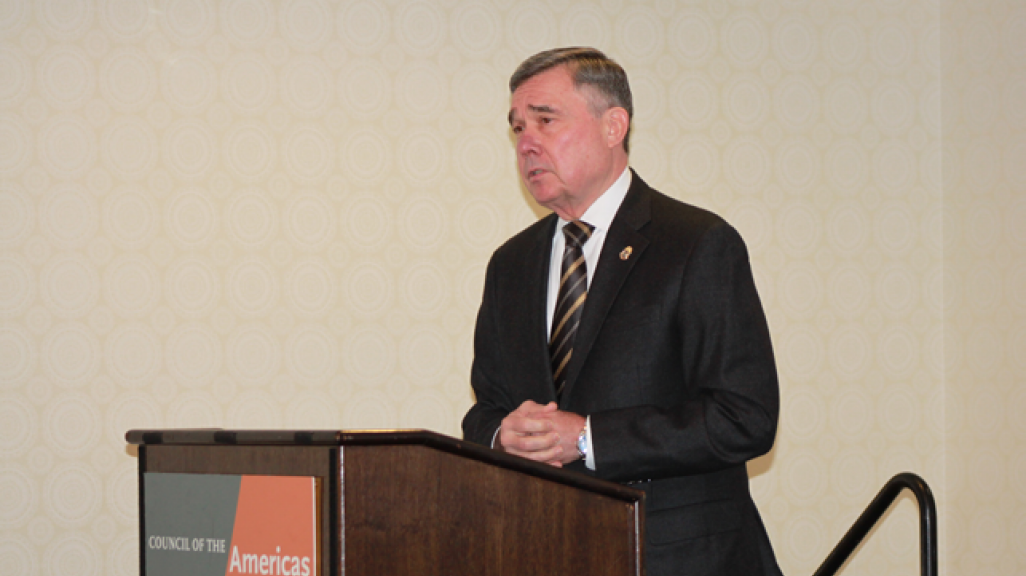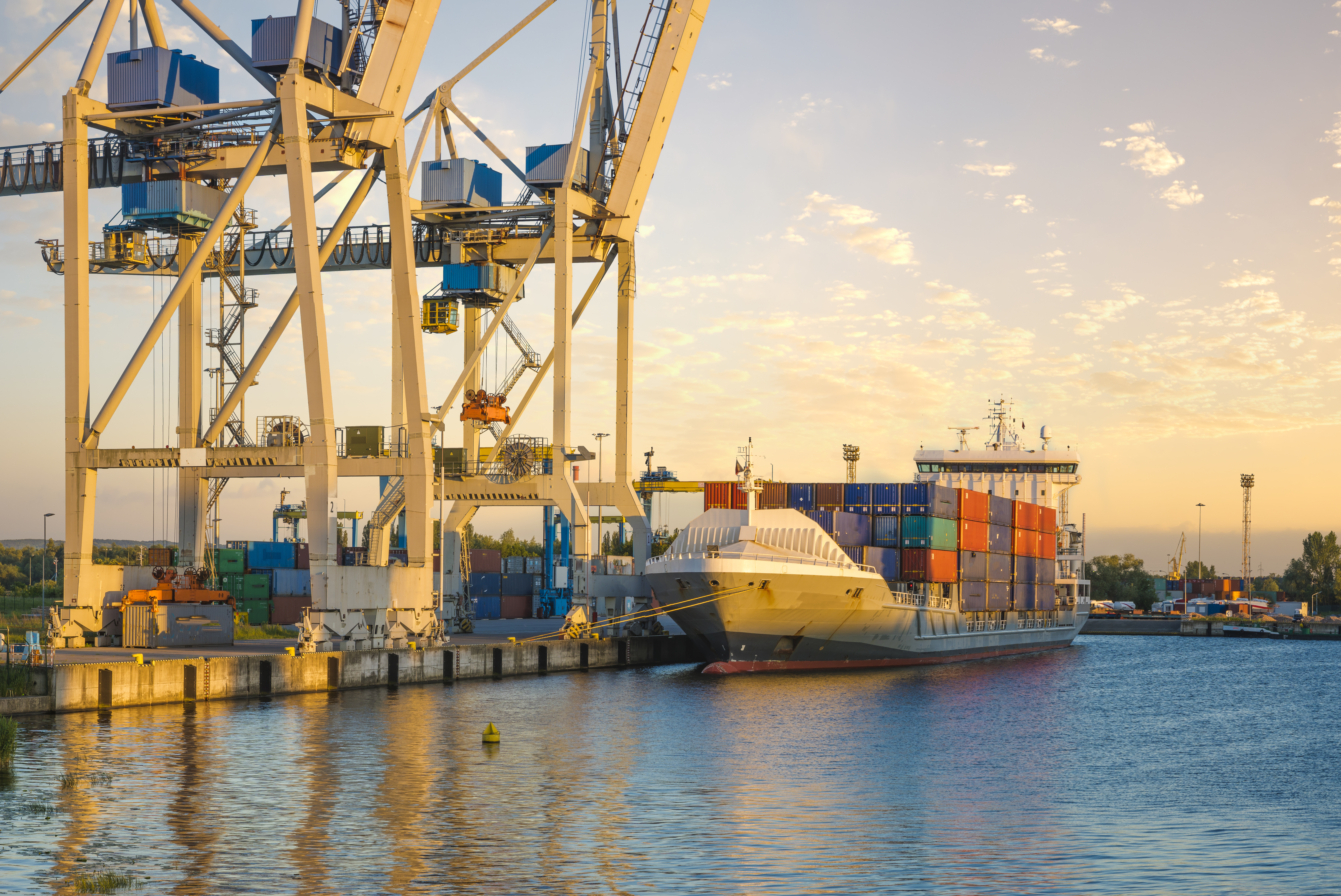Summary: Balancing Trade and Security in the Americas - Views from the Public and Private Sectors
Summary: Balancing Trade and Security in the Americas - Views from the Public and Private Sectors
U.S. Customs and Border Protection Commissioner R. Gil Kerlikowske outlined ways North American countries are improving commercial flows.
Speakers:
- R. Gil Kerlikowske, Commissioner, U.S. Customs and Border Protection
- Antoni Estevadeordal, Manager, Trade and Integration Sector, Inter-American Development Bank
- Alex Hinojosa, Deputy Managing Director, North American Development Bank
- Amgad Shehata, Vice President, International Public Affairs, UPS
- Brenda Smith, Assistant Commissioner of International Trade, Customs and Border Protection
Summary
As the primary agency charged with ensuring the efficient flow of trade through U.S. ports of entry, U.S. Customs and Border Protection (CBP) seeks to balance commercial interests in reducing transaction costs with the often competing goal of enforcing laws designed to protect against illegal imports. In his keynote remarks at a November 8 Council of the Americas event, Commissioner R. Gil Kerlikowske addressed CBP’s approach to this challenge in the context of the Western Hemisphere, and an expert panel provided additional perspectives.
Economic Security in the Western Hemisphere
Kerlikowske noted that customs cooperation and border management have led to significant economic successes, including trade growth between Canada, Mexico, and the United States. The commissioner noted that “harmonizing our targeting, managing lanes, and initiating trusted trader and traveler programs have ensured that people and goods flow more efficiently and securely across our shared borders.”
He also described the recent mandate of a “single window” for businesses to electronically transmit data for all cargo shipments. “This will not only speed up the process for companies when they submit their information, but all of the federal government agencies will be able to simultaneously review the submission and give a quicker response,” he said. Kerlikowske added that progress had been made on border management between the United States and Mexico. Read his full remarks.
Improving Trade Facilitation: Views from the Public Sector
CBP Assistant Commissioner of International Trade Brenda Smith explained that there are three ways to improve trade facilitation: create harmonization through networks of trade agreements, form partnerships between and within governments, and improve risk management.
Deputy Managing Director of the North American Development Bank Alex Hinojosa added that research is needed on accelerating the port of entry approval process. Manager of Trade and Integration at the Inter-American Development Bank Antoni Estevadeordal pointed out that while the Americas have been “doing well on the soft side, we have not been doing well on the hard side.” In other words, while new regulations have seen success, physical projects like infrastructure deserve greater attention.
A Private Sector Perspective
Vice President of International Public Affairs at UPS Amgad Shehata said improvements to customs management requires the attention of international banks, recognition of infrastructure problems, and the implementation of trade facilitation agreements focused on reducing costs and inefficiencies. Shehata emphasized that it’s important to “be constructively dissatisfied” and to strategically choose where to focus improvements. Speakers from both sectors agreed that it is pivotal for the private sector to be willing to sit down at the table and discuss solutions with the public sector.








